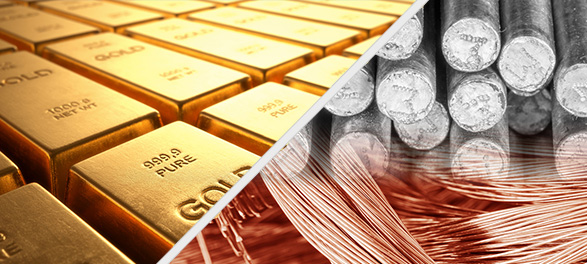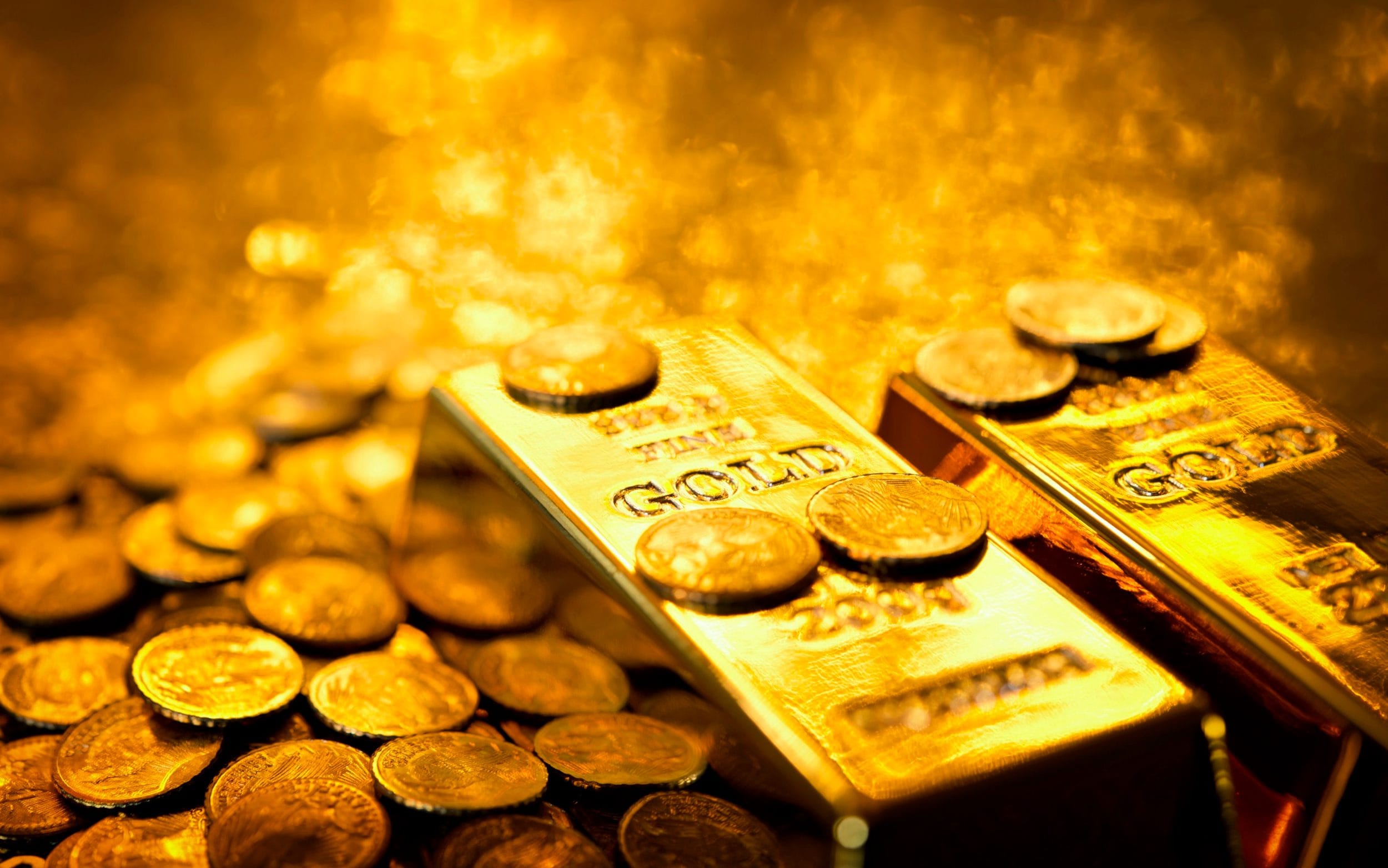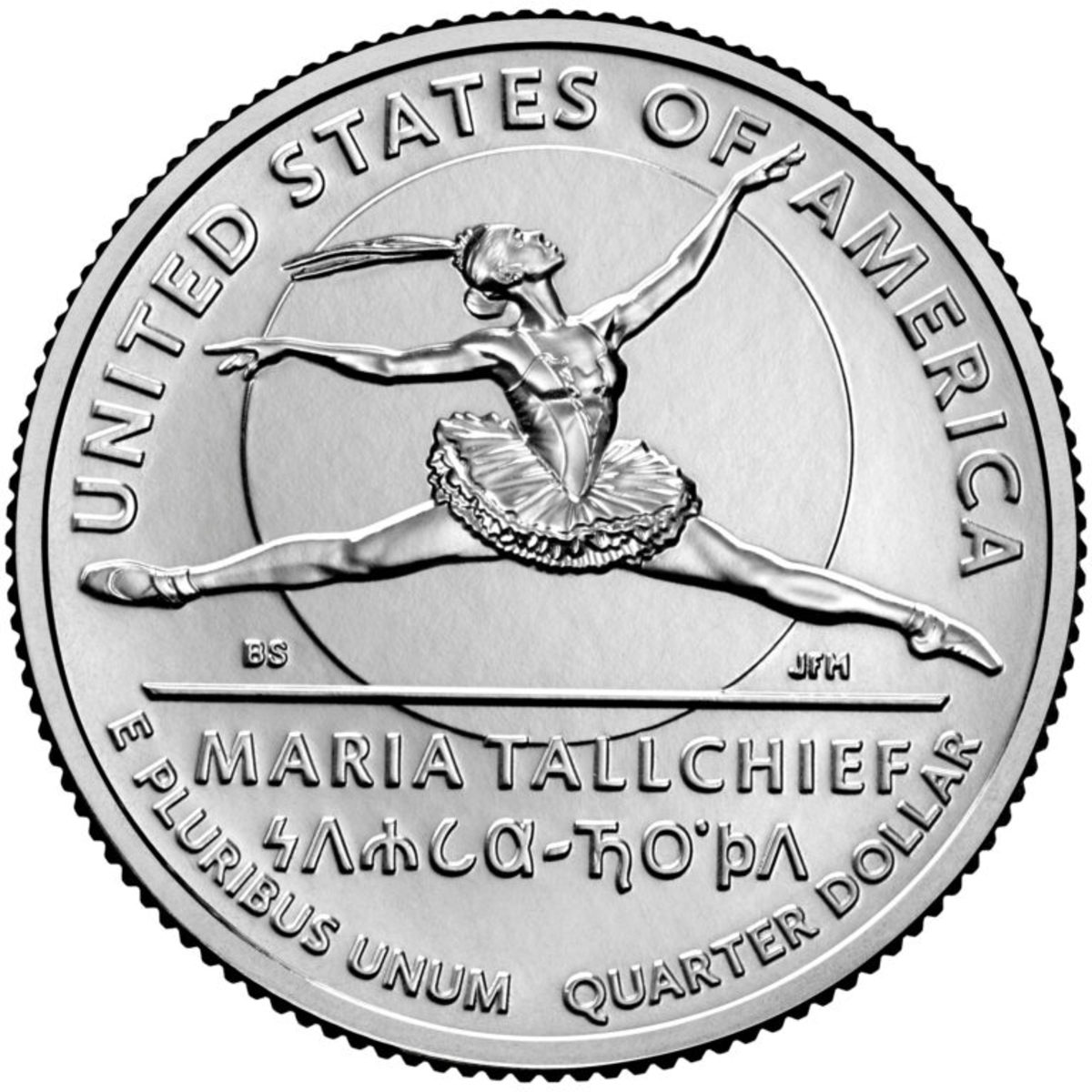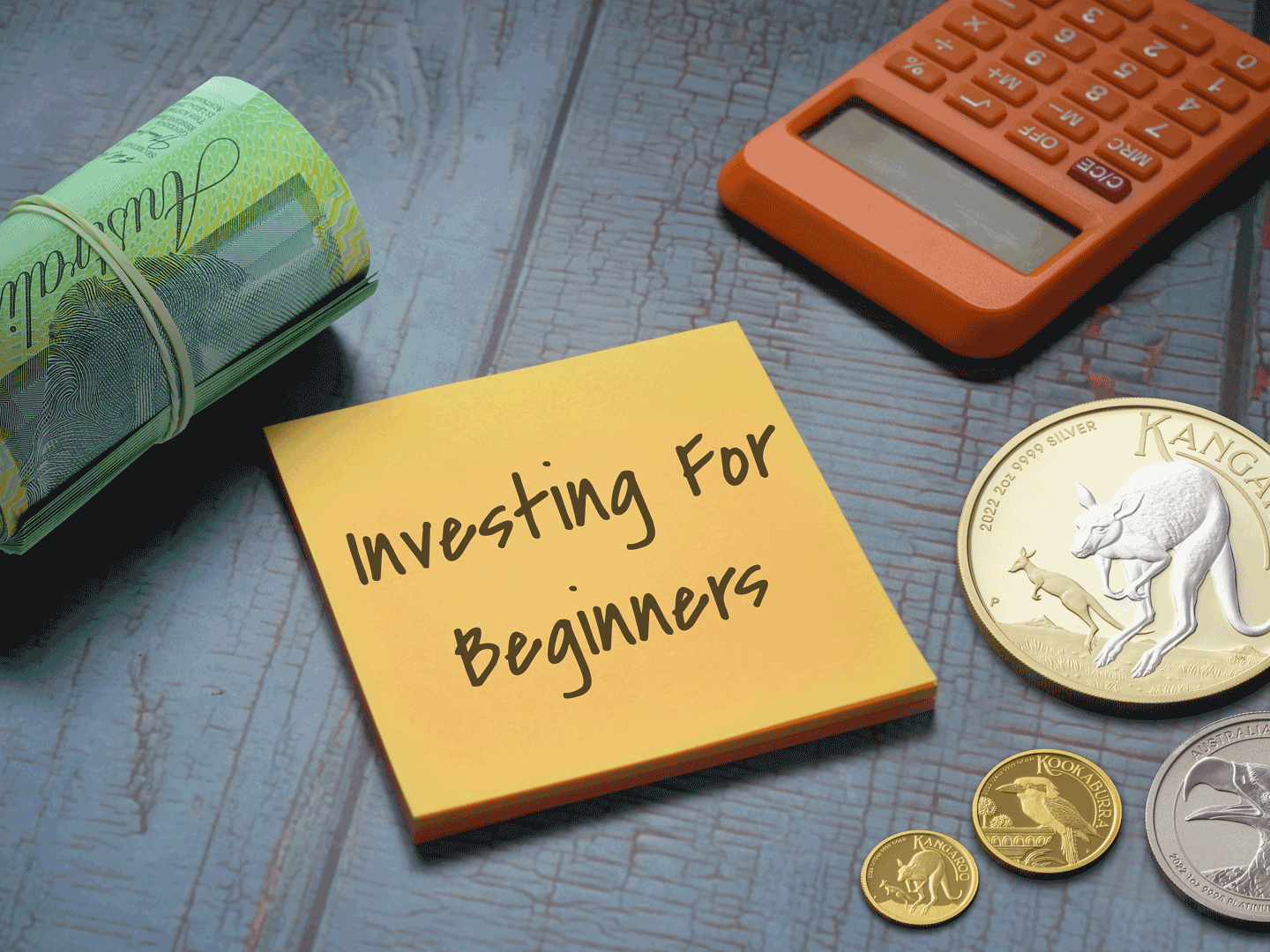
Metals have been traded as valuables or commodities for years. The beginning investor may be wondering about the nuances of investing in different types of metals. Some metals produce better returns than traditional stock portfolios, but it’s important to know the difference between base metals and precious metals.
What Are Precious Metals?
Precious metals are considered high-end valuables and are often used for bullion production, jewelry, fine dinnerware, and decorative accessories. The best known precious metals include gold and silver, but there are others as well. Palladium and platinum are both in the precious metal category, considered the gray cousins to gold and sometimes commanding better pricing than the yellow metal. All of these metals are considered valuable because society places high value on them. Some have industrial use, but for the most part, precious metals are coveted because they are rare and are seen as solid standards of wealth. Gold and silver have been valued in societies all over the world for centuries.
Buying gold and silver coins, gold jewelry, obtaining platinum accessories or trading for palladium bullion has been going on for years because all of these items can often return far more money when sold again than what was originally paid. Their ability to increase in value over time makes them worth obtaining.
What Are Base Metals?
Base metals are, for the most part, industrial commodities. They are widely available and consumed in manufacturing and assembly. Pricing varies with the laws of supply and demand, often making good investments when purchased in bulk. Price differentials create large selling opportunities a bit later. These metals are frequently traded on commodity markets and are rarely used for jewelry purposes. Instead, investors look to manufacturing trends to make profits on base metal investing. Many base metal investors are larger brokerage houses that buy thousands of units of a commodity and then sell them a few hours later on minute price changes. Because so much is bought at one time, the daily shift in price can produce profits. This is not the arena for a consumer investor, however.
Because base metal markets are highly technical and industry-driven, they require a lot of homework to understand. Base metals include such materials as copper, lead, steel, iron, nickel, aluminum, zinc and even uranium. These metals should never be confused with precious metals investing.
Precious Metals Investing
For those who want to get started investing in metals and potentially see early profits, precious metals may pay off far faster than base metals. Investing in gold coins and investing in silver coins are easy ways to start building a precious metals portfolio. Two markets drive precious metals: bullion investing and coin collecting. Bullion investing trades on the spot market value of a coin or metal. Coin collecting trades on the unique nature of a given coin, its condition, date of minting, and rarity. The two values can be compounded on top of each other for a combined profit.
However, precious metals investing takes homework and some understanding of how, when and where to buy and sell. Buying and selling gold and silver coins are the most common ways of investing in precious metals although investors also have the ability to invest in coins through a precious metals IRA, also referred to as a gold IRA or silver IRA.
Base metals are a commodity for manufacturing, and their value is driven by commodity markets. They should not be confused with precious metals, which have far greater. For consumers, precious metals are a better choice for ongoing investment as they provide a good hedge against traditional stock market investing, and their price has traditionally increased. SBC Gold has many educational resources for the first time precious metals investor. Learn more about investing in gold and silver with our Precious Metals Investor Guide – Free!
Sources:
http://chemistry.about.com/od/metalsalloys/a/Precious-Metals.htm
http://www.usmint.gov/mint_programs/american_eagles/?action=american_eagle_bullion
http://www.consumer.ftc.gov/articles/0135-investing-bullion-and-bullion-coins
http://www.investopedia.com/terms/b/base-metals.asp
http://www.forbes.com/2010/06/22/investing-precious-metals-personal-finance-gold.html
http://www.investopedia.com/articles/basics/09/precious-metals-gold-silver-platinum.asp




